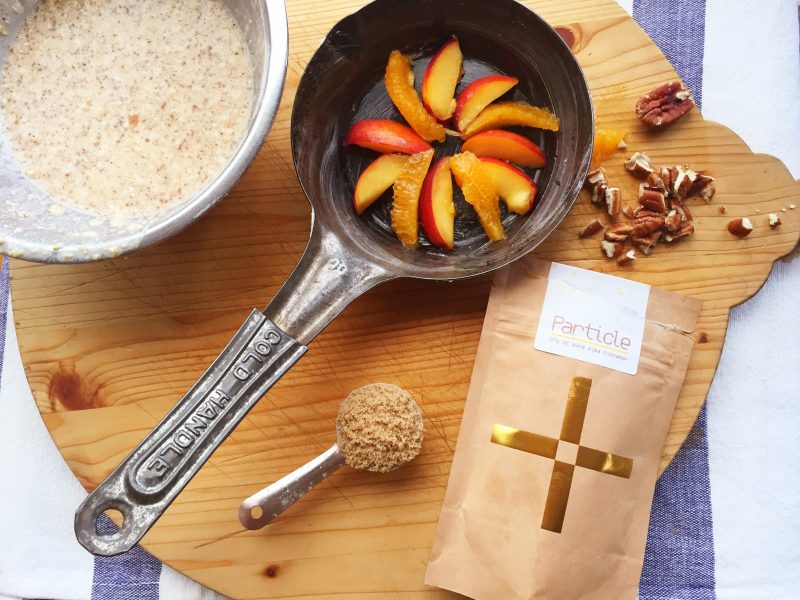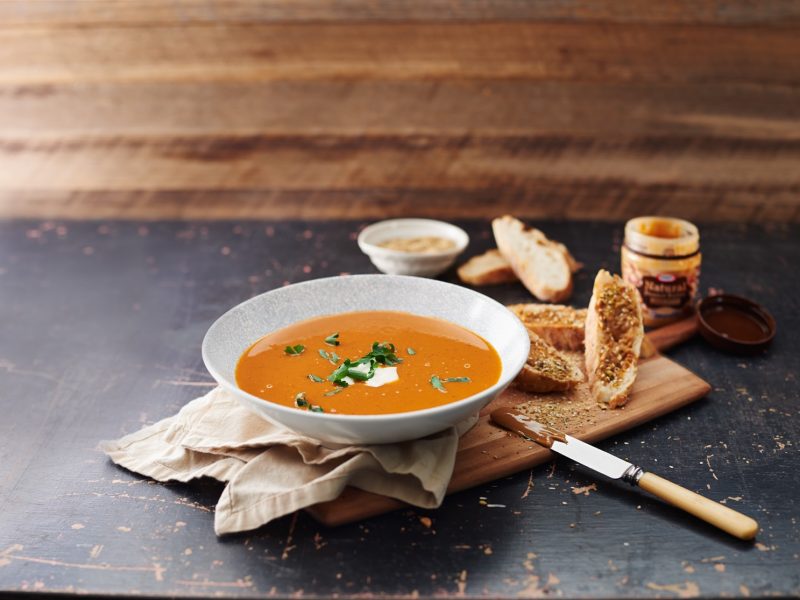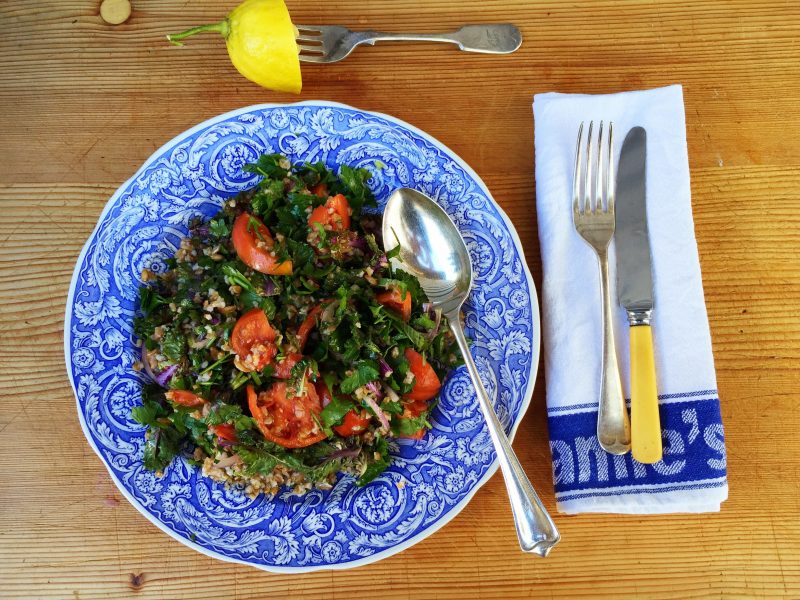Most of us don’t need to be sold on the sensuous taste sensation that is cheese, but when it comes to our health, it’s fair to say cheese has endured a complex history of conflicting messages. So with the recent launch of the Australian Grand Dairy Awards we thought it was perfect timing to bring together two industry experts. A dairy dietitian to update us on science. And a total foodie and fromage aficionado to show us the culinary way.
About our experts:
Blake Robinson is a dietitian and part of Dairy Australia’s consumer marketing team where he communicates the health benefits of dairy foods with a sports performance and fitness focus. He is dedicated to three things – cutting through nutrition misinformation, representing the male species in dietetics and Hawthorn Football Club. Amanda Menegazzo is a consumer scientist and Dairy Australia’s Food Communications Manager. She specialises in designing food solutions and recipes that make delicious food more achievable for the everyday Australian. Her favourite recipes to create at home are those influenced by her Italian roots, simple food philosophies and passion for local produce. For more advice on earning food cred or on eating cheese, you can find Blake and Mandy in The Dairy Kitchen.
Cheese, actually
Hi everyone, Blake here to get us started. One of my favourite concepts in nutrition is the notion that “we eat foods, not nutrients”, and this idea is hugely relevant in any discussion around cheese. You see cheese is more than its saturated fat and sodium content. It’s even something greater than its package of bone-building nutrients like calcium, zinc, magnesium and phosphorous – it’s an intricate matrix of vitamins, minerals, proteins, fatty acids and other bioactive compounds. This unique blend of components and the way they interact appears to diminish the effects of those nutrients we’re encouraged to limit in our diets.

An example of this effect in action is the surprising way that cheese influences blood pressure. As salt plays a vital part in the production and structural integrity of cheese, the sodium content of cheese has raised eyebrows – but the latest evidence shows that cheese consumption is associated with a neutral effect on blood pressure. Interestingly, some cheese peptides have been shown to have a similar effect on blood pressure as a commonly prescribed antihypertensive medication. This helps separates cheese from other high sodium foods and cements its place as a core food in the Australian diet.
There is also growing evidence to suggest cheese intake is neutral or even beneficial in terms of its effect on total cholesterol, LDL (the bad cholesterol) and triglyceride levels. Read about these studies here and here. Another study in which subjects ate huge amounts of cheese found a reduction in LDL-cholesterol when compared to those who ate the same amount of saturated fat from butter, again showing the effect of cheese as a whole food rather than a carrier of individual nutrients.
Due to these effects, cheese is now being investigated as a major player in understanding the famous “French paradox”.
That’s the “why” of eating cheese, and now over to Amanda for the “how”!
The instant foodie
Someone once told me making a cheese platter is like arranging flowers, it never looks quite as good when you do it yourself. As a person who has made more cheese platters than Dame Nellie Melba had comebacks, I took it as a personal challenge to transform the Australian cheese platter. After all, an impressive cheese platter definitely earns you ‘cred’ among your foodie friends.

Buying Cheese
Visit a deli and ask the staff to tell you what is ripe and delicious. Make sure you have a taste, it’s all about personal preference and there is no room for snobbery here! To gain extra food cred have some facts up your sleeve about the cheeses you serve. Ask the deli staff to tell you a bit about the cheese or try Google. Remember one amazing cheese is more memorable than five average cheeses. Buy Australian cheese to support our local producers.
Before or After?
It’s a classic foodie dilemma, do I serve cheese with nibbles and drinks or after the meal? Before or after dessert? It’s up to you. I like to serve savoury and fresh cheeses like marinated feta, baked ricotta, mozzarella or flavoured cheeses before the meal with antipasto and cheeses like brie, blue and cheddar after dinner (before dessert) with sweeter accompaniments.

Putting it together
For maximum flavour and ooze take any mature cheeses (cheddar, brie, blue washed rind) out of the fridge about an hour before serving.
One knife per cheese please. No one likes bits of blue cheese stuck to the brie. If you don’t have enough cheese knives, use pate or butter knives for the softer cheeses.
I usually serve biscuits or bread in a separate bowl rather than on the cheese platter, to create space and avoid mess! Neutral flavoured crackers are best so the flavour of the cheese is not masked.
Cheese Partners:
 A few unique accompaniments can create interest and will get cheese nerds like myself very excited. Here are a few of the 2013 Australian Grand Dairy Awards winners and our favourite partners for them!
A few unique accompaniments can create interest and will get cheese nerds like myself very excited. Here are a few of the 2013 Australian Grand Dairy Awards winners and our favourite partners for them!
Old Telegraph Road Heritage Blue + Dried figs simmered in a little port until juicy
Old Telegraph Road Brie + Sour cherry conserve and hazelnuts (you can buy this in the supermarket these days – try the Bonne Maman brand)
Jindi Reserve Washed Rind + Fresh dates (try halving them and pressing the exposed half in toasted sesame)
Pyengana Cheddar + Zucchini pickle or bread and butter cucumbers
Mil Lel Parmesan + Aged balsamic (or use balsamic glaze)
Editor’s comment:
You probably remember me lovely readers as saying I’m not really a choccy girl. But I do so love cheese. And at the end of the day it all comes down to getting the balance right with quality, quantity and frequency. And I certainly love that new cheese research. Do you? What’s your favourite cheese? Do you have a favourite cheesey recipe too? We’d love your links below in the comments. Make sure you jump across and download the divine Australian Grand Dairy Awards 2013 Best of the Best Cookbook too with all Mandy’s stunning styling.



